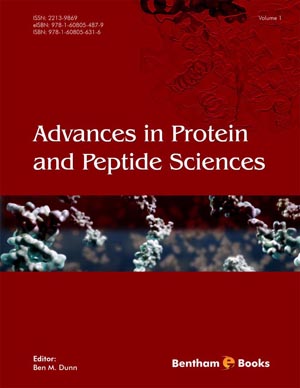Abstract
In the last years there has been an increasing amount of experimental evidence pointing out that a large number of proteins are either fully or partially disordered. Intrinsically disordered proteins are ubiquitous proteins that fulfil biological functions while lacking highly populated and uniform secondary and tertiary structure under physiological conditions. Despite the frequent occurrence of structural disorder, disordered regions are still poorly detected. Recognition of disordered regions in a protein is instrumental for reducing spurious sequence similarity during sequence comparisons between disordered regions and ordered ones, and for delineating boundaries of protein domains amenable to crystallization. As none of available methods for prediction of protein disorder can be taken as fully reliable on its own, we present a brief overview of current methods and highlight their subjacent philosophy. We show a few practical examples of how they can be combined to avoid respective pitfalls and achieve more reliable predictions. We also describe currently available methods for the identification of regions involved in induced folding and provide a few practical examples in which the accuracy of predictions was experimentally confirmed.
Keywords: Intrinsic disorder, intrinsically disordered proteins, intrinsically disordered regions, disorder prediction, structure prediction, metaservers, Molecular Recognition Elements, MoREs, Molecular Recognition Features (MoRFs), prediction of MoREs/MoRFs, induced folding, coupled binding and folding, prediction of induced folding regions.






















